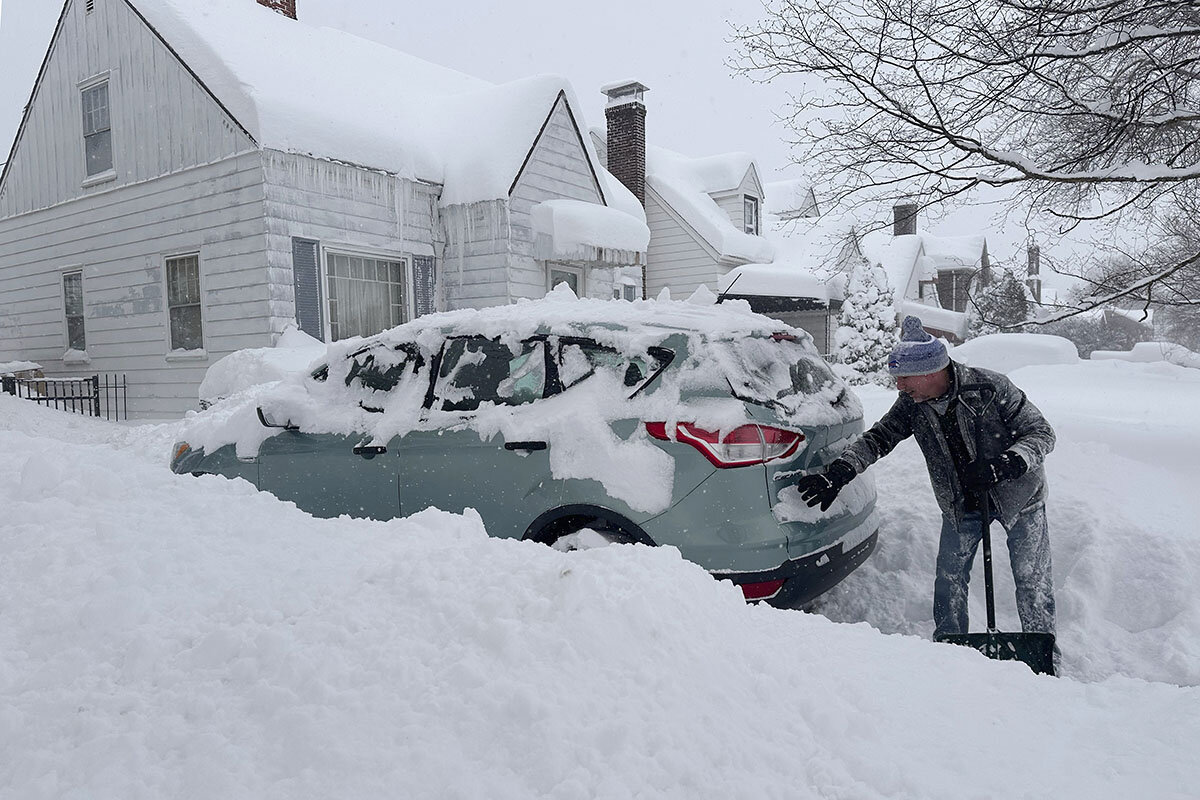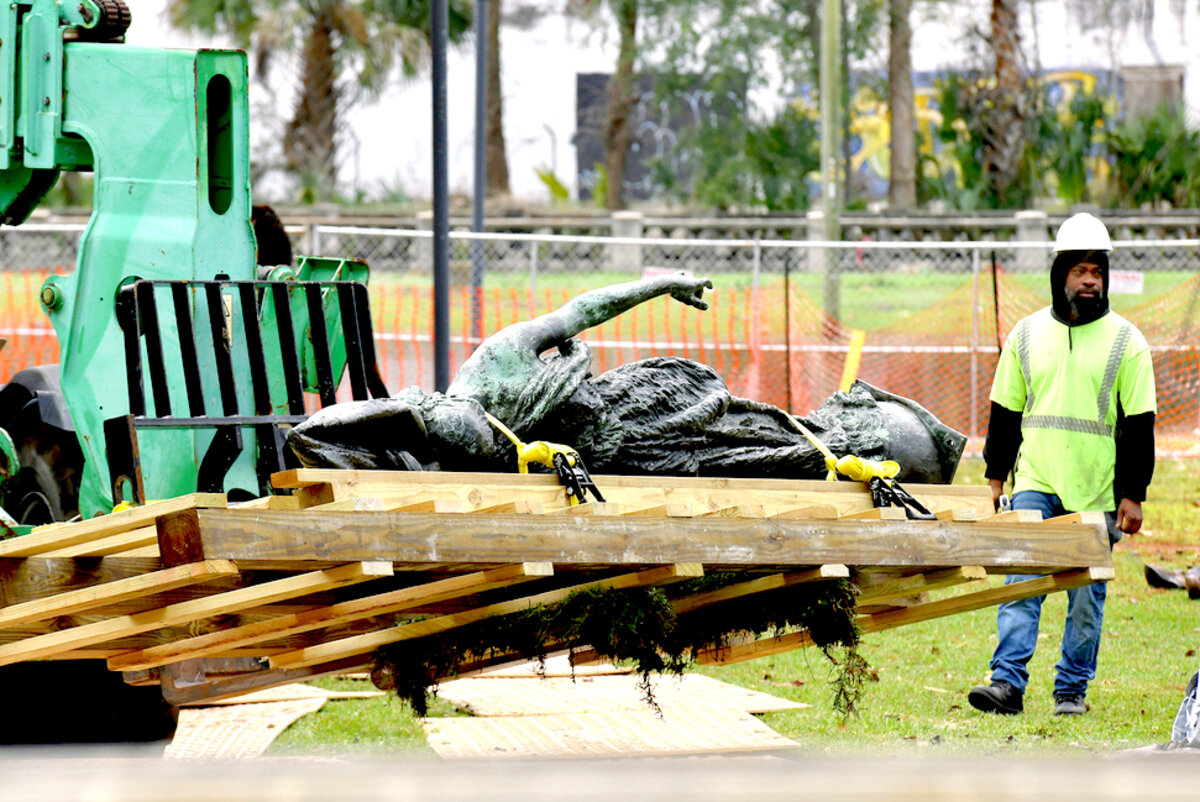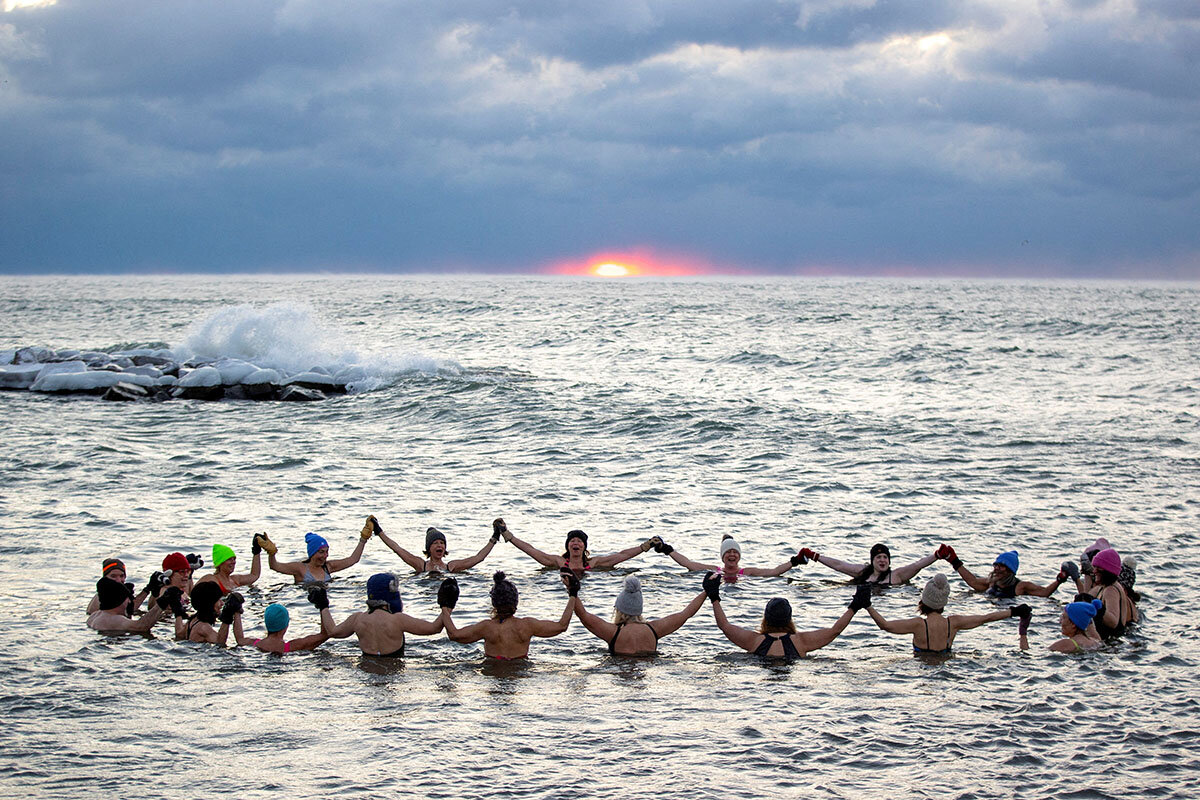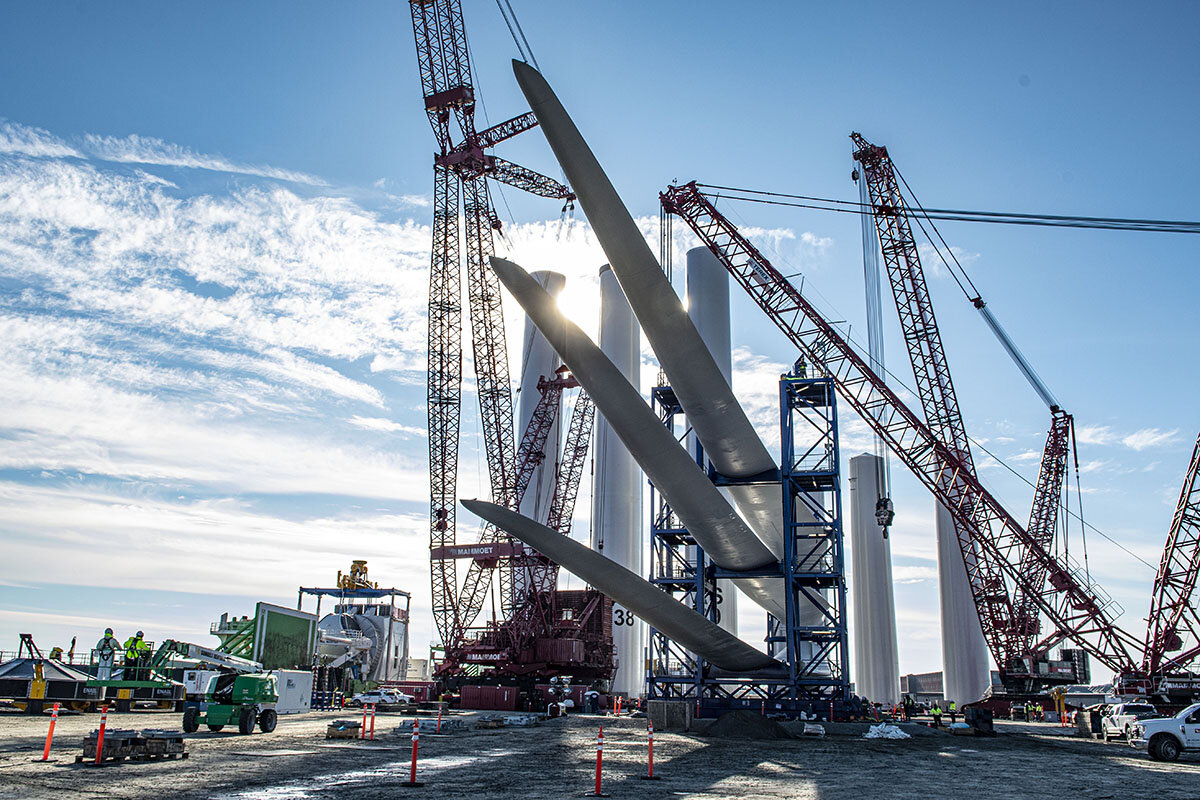The budget process has broken down over decades, while U.S. national debt has ballooned. As lawmakers eye another temporary fix, the path to more sustainable finances is hard, but not impossible.

Why is Christian Science in our name?
Our name is about honesty. The Monitor is owned by The Christian Science Church, and we’ve always been transparent about that.
The Church publishes the Monitor because it sees good journalism as vital to progress in the world. Since 1908, we’ve aimed “to injure no man, but to bless all mankind,” as our founder, Mary Baker Eddy, put it.
Here, you’ll find award-winning journalism not driven by commercial influences – a news organization that takes seriously its mission to uplift the world by seeking solutions and finding reasons for credible hope.
Explore values journalism About usMonitor Daily Podcast
- Follow us:
- Apple Podcasts
- Spotify
- RSS Feed
- Download
 Mark Sappenfield
Mark Sappenfield
So much seems to be going wrong in today’s Daily. Congress’ budget stalemate continues. Those pushing for peace in the Middle East feel more marginalized than ever. And the weather is going berserk.
Then I read about Morris Brown College. It should be dead. It lost accreditation and had 20 students at one point. Yet here it is, on the way back. What Morris Brown needed was a “hard reset,” the college’s president told the Monitor’s Ira Porter.
His story is a much-needed reminder. With honesty, tough choices, and absolute conviction, the impossible can become possible.
Already a subscriber? Log in
Help fund Monitor journalism for $11/ month
Monitor journalism changes lives because we open that too-small box that most people think they live in. We believe news can and should expand a sense of identity and possibility beyond narrow conventional expectations.
Our work isn't possible without your support.
Today’s stories
And why we wrote them
( 5 min. read )
Today’s news briefs
• Pakistan-Iran flashpoint: Pakistan recalls its ambassador to Iran a day after Iran launched airstrikes on Pakistan that it claimed targeted bases for a militant separatist group.
• High court hears big case: The U.S. Supreme Court hears arguments in a fishing dispute that challenges a 1984 doctrine, known as Chevron deference, that requires federal courts to defer to “reasonable” federal agency interpretations of ambiguous laws.
• Houthis on terror list: The United States puts the Iran-backed militant group in Yemen on its list of global terrorists. The designation comes as the Houthis attack global shipping in the Red Sea.
• China population falls: China’s National Bureau of Statistics reports that the total number of people in the country dropped by 2.08 million in 2023, the second consecutive year that the population declined.
( 5 min. read )
For decades, Israelis and Palestinians – officials, diplomats, and regular folk – have convened to talk about, and advocate for, coexistence and peace. After Oct. 7 and amid the war in Gaza, can that still be possible?
( 6 min. read )
The first major offshore wind farms in U.S. waters have begun to generate power. It’s a landmark moment for the industry at a time of uncertainty.
( 5 min. read )
Across the U.S., the news has been about plummeting enrollment and small colleges shutting their doors. Here’s how one historically Black college turned it all around.
Q&A

( 5 min. read )
Even at a time when extreme weather is becoming more normal, the last few days in the United States have seemed bizarre. But how does it look to a well-known meteorologist? He helps cut through the hype and hyperbole.
In Pictures
( 2 min. read )
The difficulties in Bangladesh couldn’t be more different from life in wealthy Western nations. But when our reporting team visited a program for vulnerable children in Dhaka, it found something truly universal.
The Monitor's View

( 2 min. read )
From the last U.S. presidential election to the one underway, the public conversation over equality seems to have taken a dramatic pendulum swing. Four years ago, a series of Black fatalities at the hands of police caused an outcry for racial justice. Huge investments in diversity programs followed.
Now the measures widely adopted to address diversity, equity, and inclusion have become a wedge issue. On Jan. 1, Texas banned its public colleges from funding DEI programs, following a similar law that Florida adopted earlier. Scores of corporate diversity officers have resigned in recent months, citing frustration and lack of clarity about their roles.
Yet two surveys released this month shed light on how public attitudes toward equality are shifting focus from identity based on ethnicity or other social determinants to individuality based on character and talent. That change ties diversity to various social goods, such as enhanced corporate productivity.
“I think the first thing we have to do is get shame out of the equation,” Kathleen Enright, president of the Council on Foundations, told Philanthropy News Digest. An enduring commitment to diversity, she said, involves creating “space for learning and growth and deeper understanding for folks ... who are attempting to do the work from their seat in the context where they are.”
One poll, published by Gallup on Tuesday, found that 68% of adults think the Supreme Court’s decision last June to end the use of race as a factor in college admissions was “mostly a good thing.” Notably, 62% of Black adults between the ages of 18 and 39 held the same view. Another survey by employment law firm Littler found that among 300 corporate executives, 91% said the court’s ruling against affirmative action would not diminish their commitment to cultivating DEI.
What may be changing, however, is emphasis. In philanthropy, funders are shifting more toward collaboration with grantees in designing grants and projects. In corporate offices, explicit talk of diversity is shifting toward transparency, recognition, and individual agency and creativity. Sharing data on hiring and promotions engenders trust among employees. Encouragement removes a key impediment to integration.
“People are able to thrive and flourish in contexts in which failure is met with a measure of agility and grace,” Laura Morgan Roberts, a professor at the University of Virginia’s Darden School of Business, wrote in a recent essay on DEI in Harvard Business Review.
A Harvard study of 79 businesses last year found that DEI “is linked not only to company performance but also leadership and employee engagement.” Its metrics are changing, based on the immutable characteristics of individual worth.
A Christian Science Perspective
Each weekday, the Monitor includes one clearly labeled religious article offering spiritual insight on contemporary issues, including the news. The publication – in its various forms – is produced for anyone who cares about the progress of the human endeavor around the world and seeks news reported with compassion, intelligence, and an essentially constructive lens. For many, that caring has religious roots. For many, it does not. The Monitor has always embraced both audiences. The Monitor is owned by a church – The First Church of Christ, Scientist, in Boston – whose founder was concerned with both the state of the world and the quality of available news.
( 4 min. read )
As we open our hearts to the infinitude of God, good, we’re better equipped to think and act in ways that bring uplift and light.
Viewfinder
Palestinian children play during the Eid al-Adha holiday, in Gaza City, June 6, 2025.

A look ahead
We’re so glad you could join us today. Tomorrow, we’ll take a look at the legal principle at issue in the challenge against former President Donald Trump’s place on the 2024 ballot in Colorado, as well as the political landscape in New Hampshire ahead of the primaries. In Europe, they’re considering the question: How do we keep support for Ukraine strong even if U.S. support disappears?
We’ll also explore how a tradition of respect and solidarity is helping one community in India overcome tensions between Jews and Muslims during the Israel-Hamas war.







